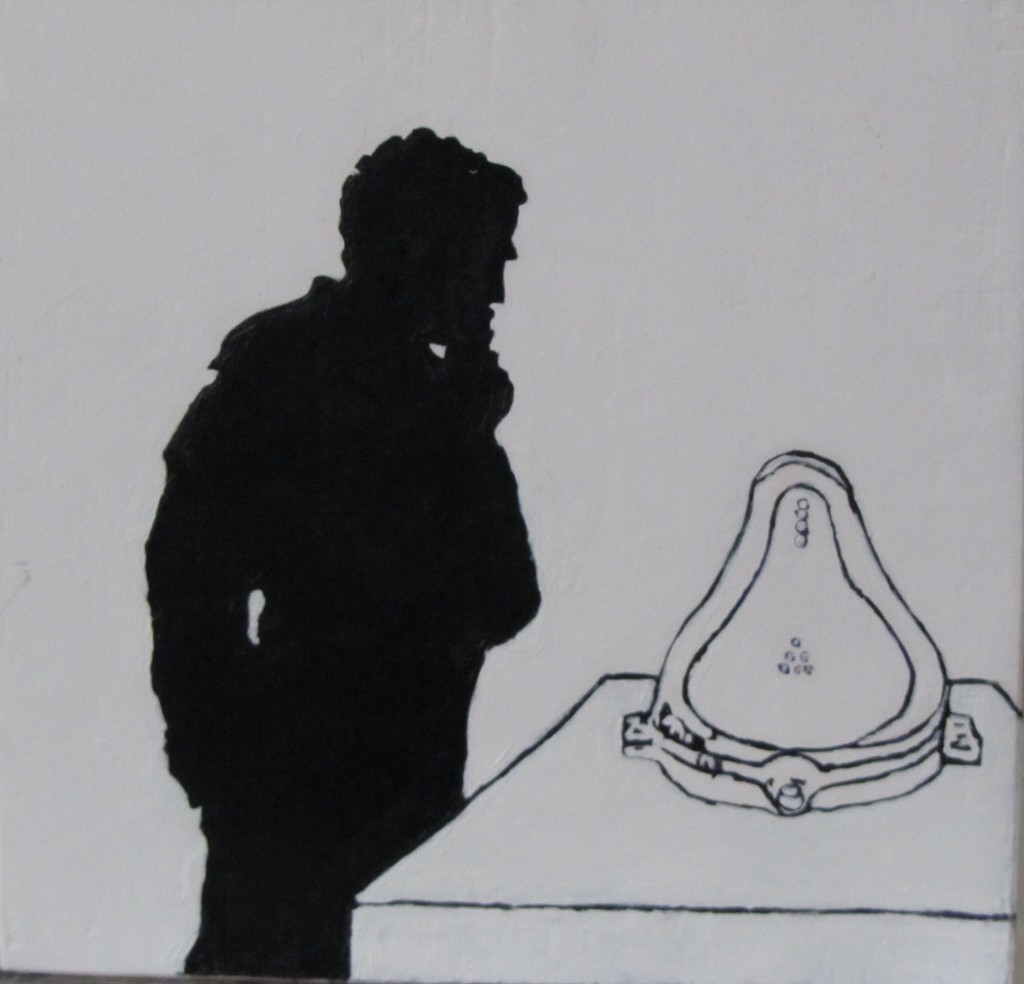Editor’s note: This was submitted as a comment on a previous blog by someone identifying himself as Mickey Meadows (comment #54910; comment is effectively anonymous, since commenters supply whatever information they want). I thought it deserved wider attention. A key point is that sexual exploitation of White girls by Pakistanis is not the result of loner psychopaths but done by people well integrated into their family networks–that indeed the exploitation is a family affair. Not surprisingly, these crimes are under-reported and the authorities are reluctant to prosecute because of the ethnic implications. So we have the pathetic spectacle of White governments so paralyzed by fear of offending non-Whites that they won’t protect their own people.
In the UK there’s a terrible problem of South Asian’s of Pakistani origin targeting underage female white children for sex. Particularly children in the care system where they are most vulnerable.
The problem has been reported a few times but it gets silenced. But from the reports that have emerged, and the cases that have come to court, the most shocking aspect of this is not just about the racial dimension, but the fact that these children get passed around from man to man—not in the way a pedophile network might do this, where the pedophiles are all social outsiders who find eachother to share in their perversion. No….these Pakistani gangs pass these children through their *family* networks. Cousins, uncles, fathers, brothers, friends of the family.
From the perspective of inter-group attitudes, this makes it incalculably worse than ordinary pedophillia. Passing white children around for sex within a family and friends structure means that the concept of treating our children like meat is culturally normal and mainstream for them. They are pedophiles to our children but not their own children. They are pedophiles that treat our children like meat, and they don’t even see it as pedophilla because our children aren’t even qualified as children in their eyes.
The news media and politicians and courts won’t call it pedophillia and won’t talk about the awful implications that follow from a people who will do this to us and not even be ashamed of it within their own families and friends. They don’t call it pedophilia because it is so widespread and so roped into their mainstream, that they don’t want to ostracise the people responsible.
Our news media and our politicians are putting concerns for those pedophile criminals that treat our children like meat, actually ahead of children. It chokes me.
The passing around to relatives dimension is available in mainstream articles (see, e.g., here).
Quote from the article:
“‘No one wants to stand up and say that Pakistani guys in some parts of the country are recruiting young white girls and passing them around their relatives for sex, but we need to stop being worried about the racial complication.’”
Then in the next paragraph a confirmation of the fact our own media and police and politicians are avoiding calling these people pedophiles. Despite the fact the girls are underage, deliberately targeted, and the subject to the worst form of pedophilia which is to be passed around like meat.
“The offenders were not viewed as paedophiles but had picked the girls ‘because of their malleability’.”
I’m sorry, but if some guy views child pornography he’ll go to prison and be stigmatized for the rest of his life. But if a gang of Asian men go to a children’s home and rope children into drink and drugs before subjecfting them to abuse that will probably destroy their lives, this is not pedophilia according to the media. These men should be spared that stigma.
Here’s a BBC documentary (apparently available only in the U.K.) that came out a few days ago on the matter.
Here are some other sources, courtesy of another reader:
http://www.youtube.com/watch?v=TQ7jnIU4SeA
http://www.telegraph.co.uk/news/uknews/law-and-order/8433887/60-girls-groomed-for-sex-at-takeaway-shops-in-Blackpool.html
http://www.telegraph.co.uk/news/uknews/crime/8248347/Are-white-girls-really-easy-meat.html








